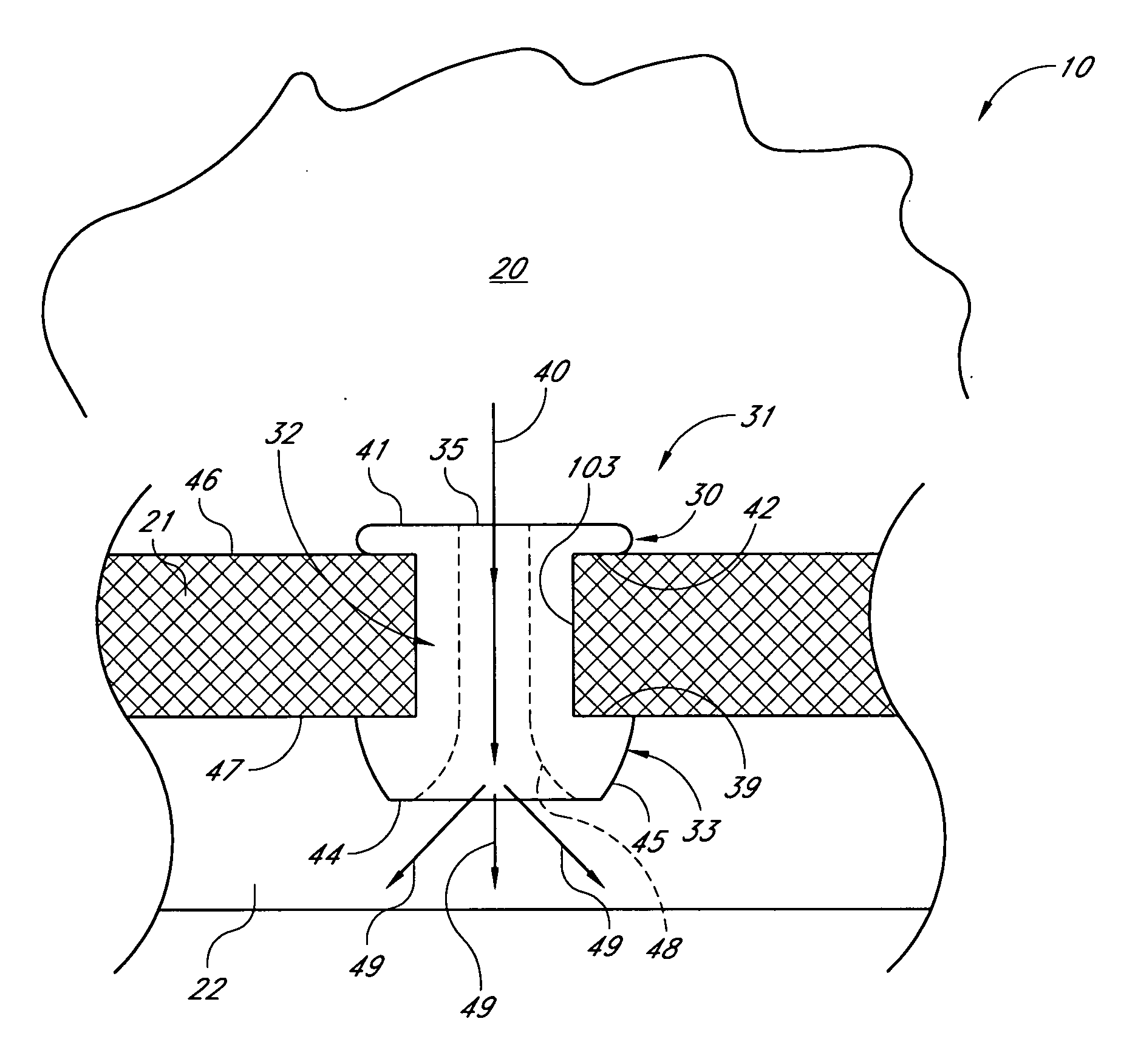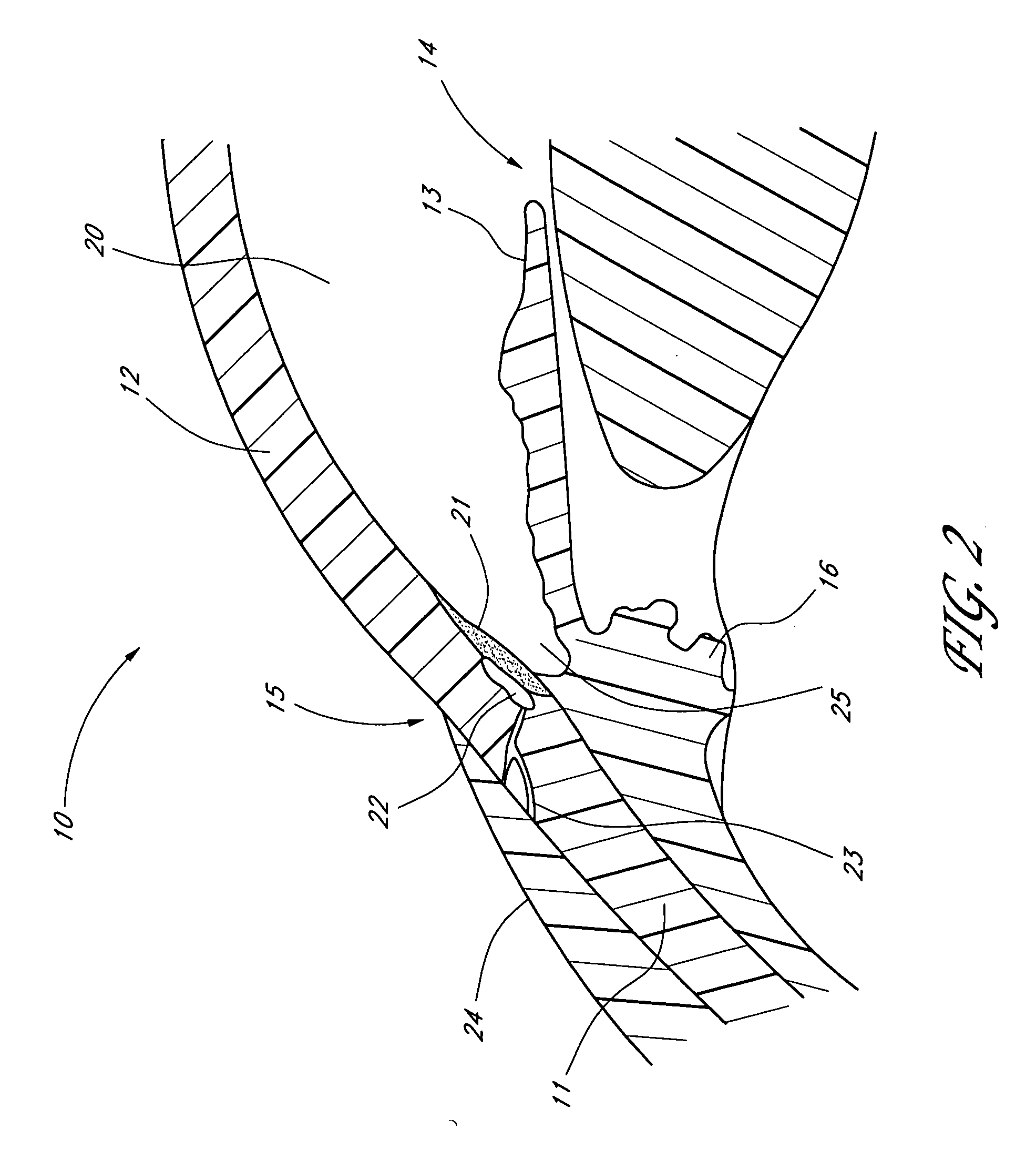Glaucoma stent system
a stent system and glaucoma technology, applied in the field of improved medical devices and, can solve the problems and achieve the effects of blurred vision, headache, and untreated blindness
- Summary
- Abstract
- Description
- Claims
- Application Information
AI Technical Summary
Benefits of technology
Problems solved by technology
Method used
Image
Examples
Embodiment Construction
[0070] The drawings generally illustrate a method for the treatment of glaucoma by trabecular bypass surgery. In particular, a stent implant is used to bypass diseased or deficient trabecular meshwork at the level of trabecular meshwork to use or restore existing outflow pathways and methods thereof are disclosed.
[0071] While the description sets forth various embodiment specific details, it will be appreciated that the description is illustrative only and should not be construed in any way as limiting the invention. Furthermore, various applications of the invention, and modifications thereto, which may occur to those who are skilled in the art, are also encompass by the general concepts described herein and below.
[0072] For background illustration purposes, FIG. 1 shows a sectional view of an eye 10, while FIG. 2 shows a close-up view, showing the relative anatomical locations of a trabecular meshwork 21, an anterior chamber 20, and Schlemm's canal 22. Thick collagenous tissue k...
PUM
 Login to View More
Login to View More Abstract
Description
Claims
Application Information
 Login to View More
Login to View More - R&D
- Intellectual Property
- Life Sciences
- Materials
- Tech Scout
- Unparalleled Data Quality
- Higher Quality Content
- 60% Fewer Hallucinations
Browse by: Latest US Patents, China's latest patents, Technical Efficacy Thesaurus, Application Domain, Technology Topic, Popular Technical Reports.
© 2025 PatSnap. All rights reserved.Legal|Privacy policy|Modern Slavery Act Transparency Statement|Sitemap|About US| Contact US: help@patsnap.com



